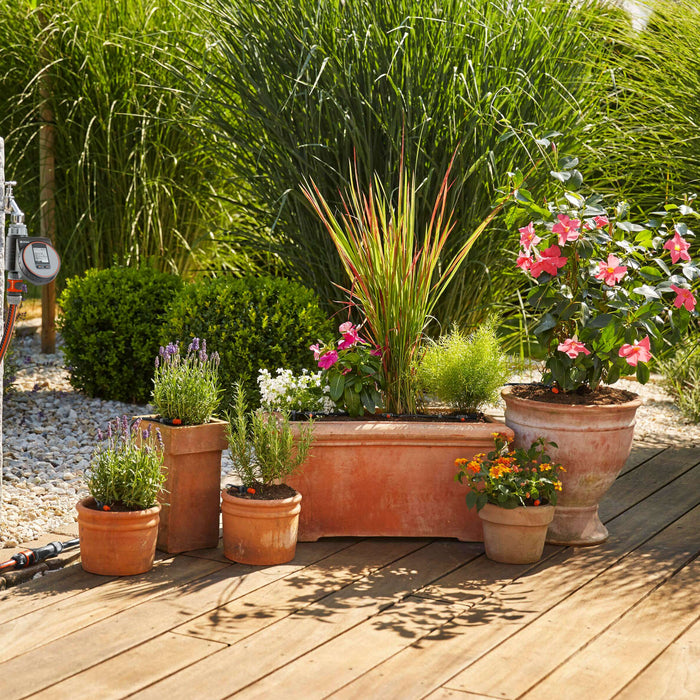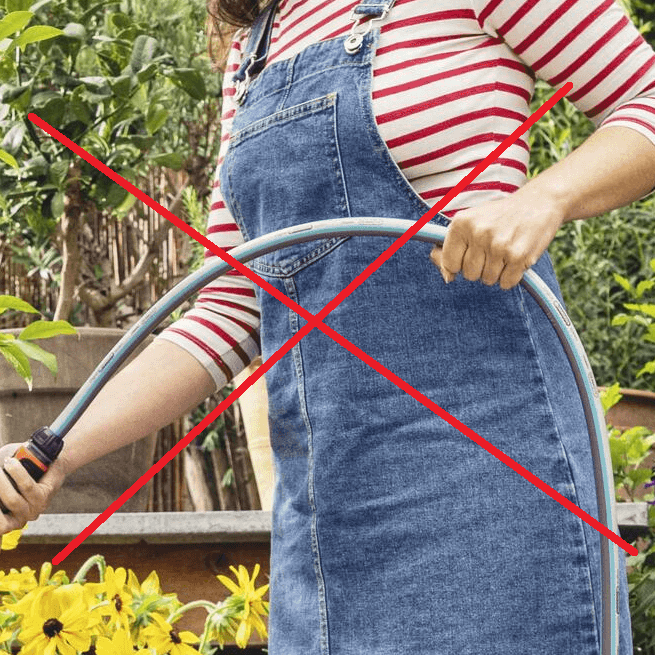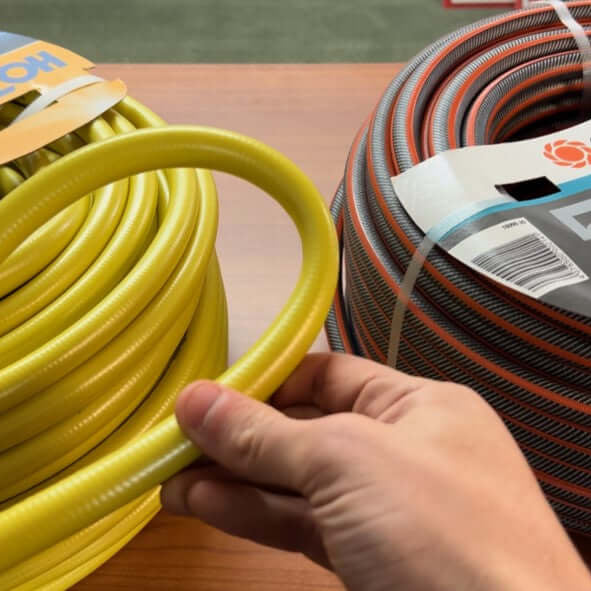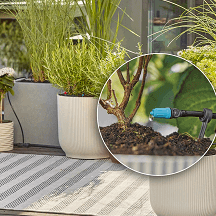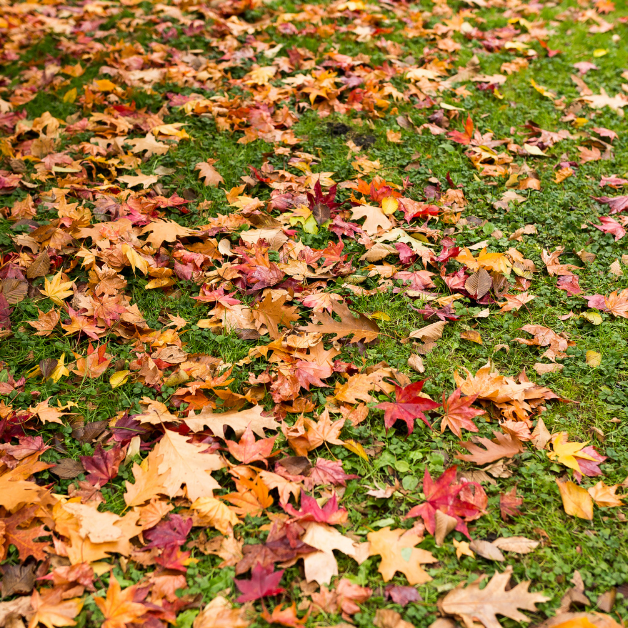
Picking up leaves the easiest way!
That autumn job that everybody hates to do, picking up fallen leaves. Back breaking work that for a couple of months of the year needs doing every couple of days if you really want to keep your lawn, drive or patio looking tidy....


